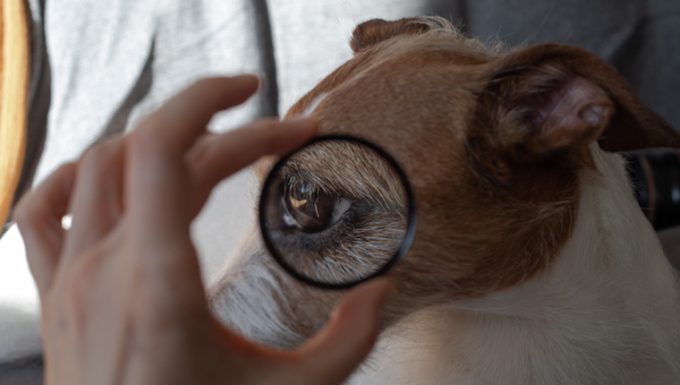Progressive retinal atrophy in dogs is a genetic condition that affects a dog’s vision. Unfortunately, it can cause a dog to lose their vision.
Unfortunately, certain breeds suffer from the condition more than usual. For example, some of those breeds include Irish Setters, Miniature Schnauzers, and American Staffordshire Terriers.
Sadly, there is no cure for the condition.
Technically, the condition is also…




